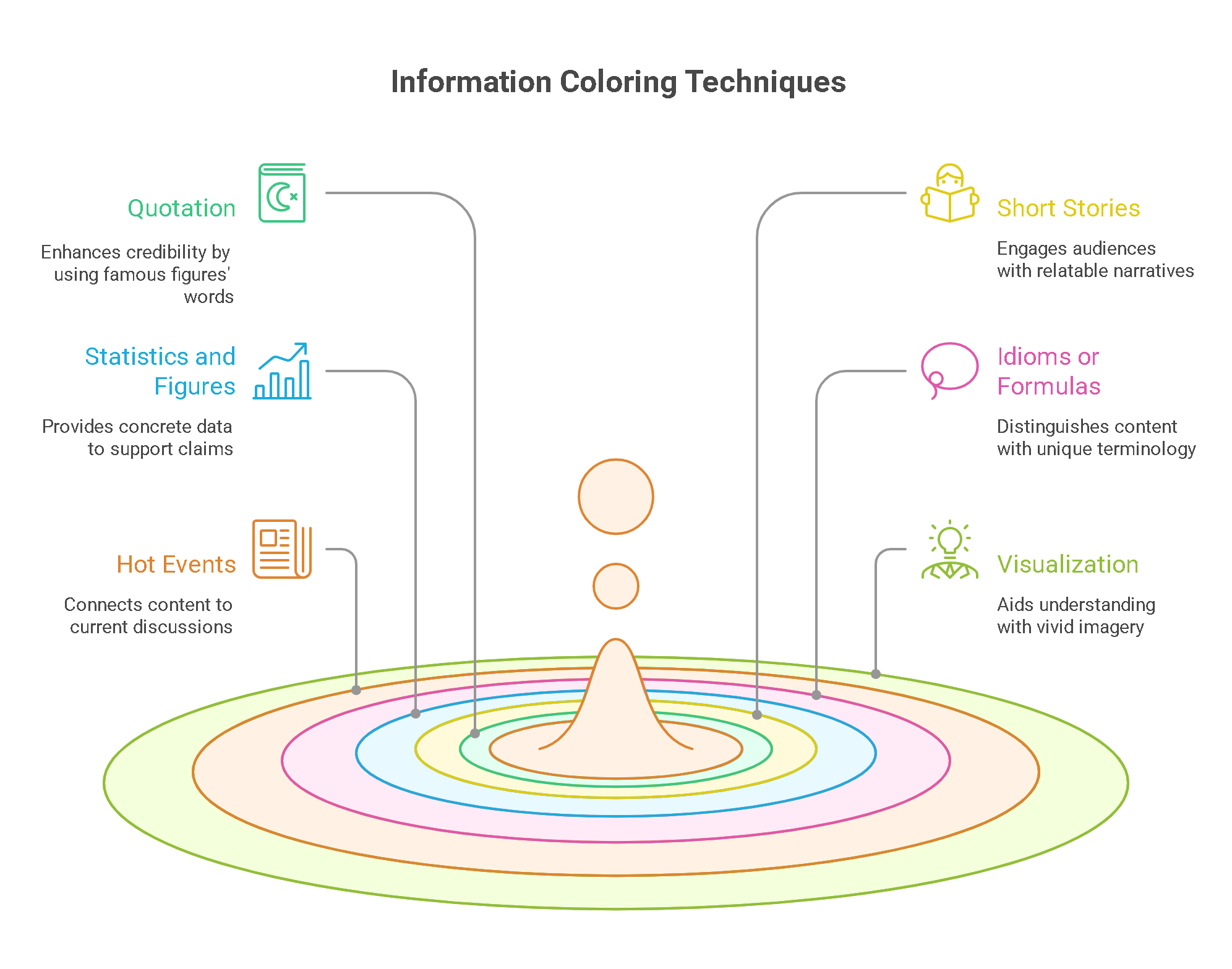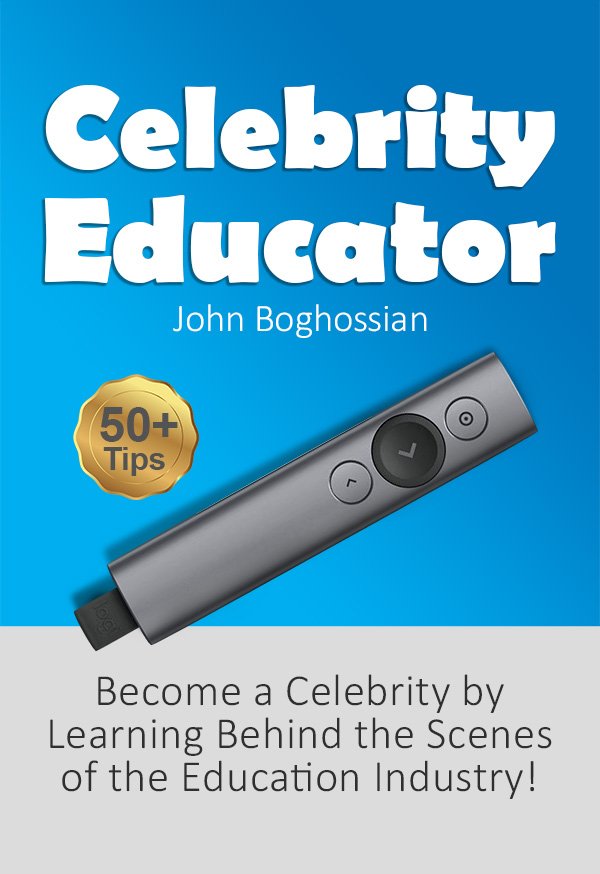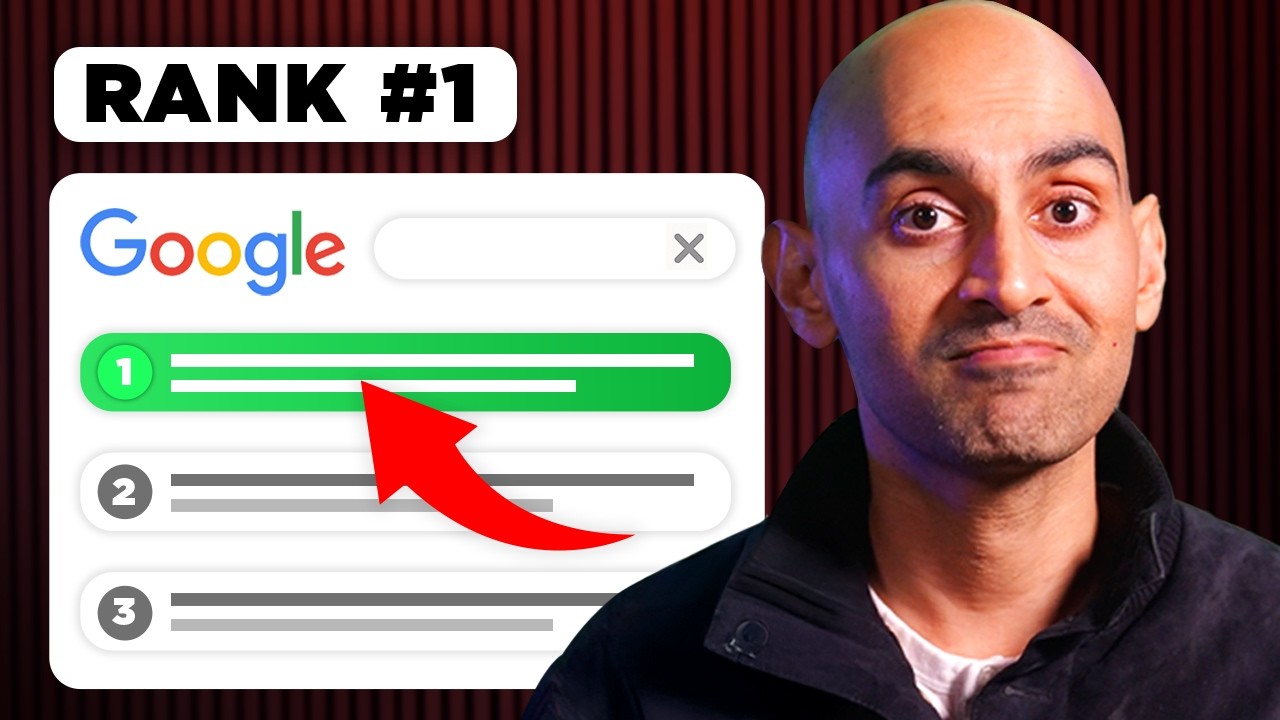Contents
The definition of “information coloring” is to make content more attractive and enjoyable for the audience.
A meal may be very nutritious and beneficial but not tasty, and its appearance may need to be more pleasing. Good restaurants don’t just make money from healthy food. Being delicious, presenting, garnishing the food, and creating an enjoyable experience are essential. Our work as teachers is the same. We also use information coloring to attract people to and engage with our content.
Imagine we want to teach our students that waking up early in the morning benefits them. One unprofessional approach is to create a straightforward tutorial emphasizing the benefits of being an early bird and encouraging them to wake up early in the morning.
By using such techniques, we can make the information more appealing and increase the engagement of our audience.
1. Quotation
In the previous example, we colored the information using the “quotation” method. Utilizing the words and ideas of famous and notable individuals in your field, along with proper referencing, dramatically enhances the quality of your content. You might think that good instruction should solely consist of your own words, but that’s not the case. Referring to statements and books by renowned figures adds credibility to your work. Sometimes, you want to encourage the audience to take action. If you convey this message in the words of a famous and successful person, it becomes more impactful.
2. Short Stories
Short stories play a crucial role in teaching. Our brains are wired to respond positively to narratives. If you notice that the audience is getting tired during a speech, one of the simplest things you can do is tell a short story. These stories can be your own successful or unsuccessful experiences or even those of your students and clients.
3. Statistics and Figures
Let’s say you find out the number of website or internet users in a counrty is remarkably high! This stat alone might not motivate you to take action. However, if you know that 42.5 million people in that country have internet access through their phones or other means, the information becomes much more valuable.
Sometimes, we can create a proper sample population, survey, and publish the results. Of course, the number of respondents should be sufficiently large for the statistics to be more accurate. Only use statistics and figures with a reference. For example, never say that 90% of people are not early risers unless the statistic is precise and reliable.
4. Idioms or Formulas
Almost all Celebrity Educators have their specific terminology. They express their perspective and philosophy through these idioms. This method sets them apart from ordinary instructors. The purpose of creating new idioms is not to glorify ourselves but to distinguish our content from others and make delivering essential information easier.
5. Hot Events
You should use events everyone discusses cautiously. Only refer to events in your content when you can establish a close connection between the event and the subject of your teaching. For instance, if I want to teach about advertising and its methods, and coincidentally, the World Cup games have just started, I can discuss analyzing the advertisements around the football fields during the World Cup matches. This example is an excellent way to color the content. Always pay attention to events that will enhance the richness of your content, and use this method to color your content.
6. Visualization
Visualization greatly aids in digesting information. For example, I compare a new website in Internet marketing tutorials to a luxurious store in the desert where no one passes. Just this simple image remains in the audience’s mind for years. When explaining content structuring earlier in this chapter, I utilized visualization and suggested organizing the audience’s mind as shelves and arranging wooden cubes on the desired shelves. I could have simply said to place the cubes, but emphasizing that they are wooden helped create a more precise image in your mind. With visualization, not only do you make the consumption of content more enjoyable, but you also make important concepts and ideas stick in the audience’s mind.









